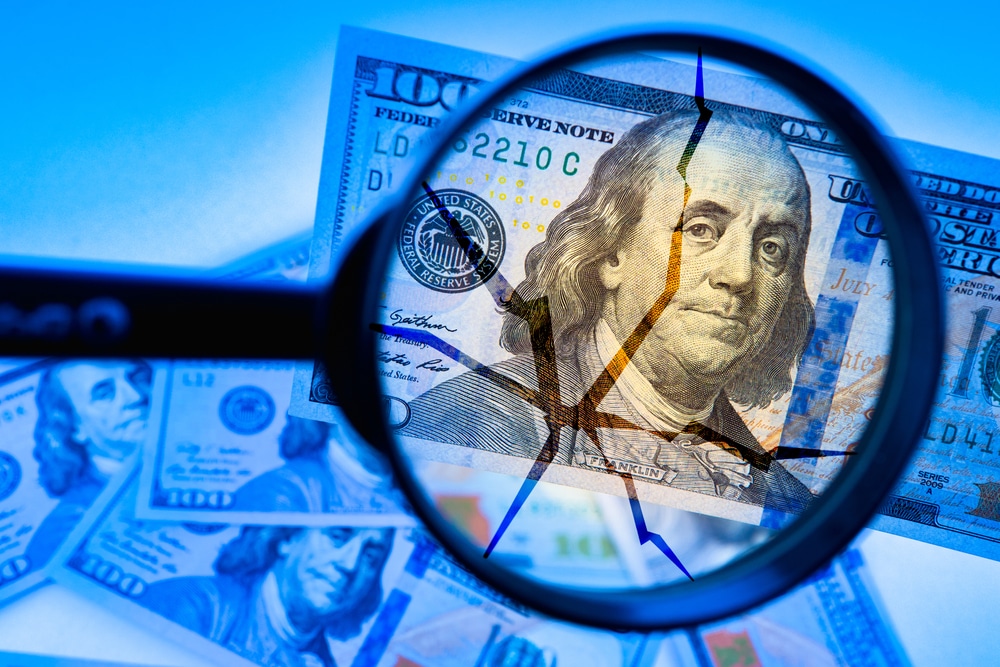(OPINION) Is ‘King Dollar’ in danger of losing its crown? Probably not yet, but the rapid unwind of last year’s torrid rally in the U.S. dollar, combined with efforts by Beijing and others to ease their dependence on the buck, have helped to reinvigorate speculation that the greenback’s dominance over international trade and finance may be moving toward its twilight.
Talk about “de-dollarization” has intensified and Wall Street analysts have joined in, publishing research reports forecasting more competition for the buck in trade and global reserves alongside assessments about where the dollar is heading in the coming months, and how the adoption of so-called central bank digital currencies might shake things up.
To be sure, many currency strategists and economists have pushed back against the notion that the dollar is anywhere close to shedding its reserve status, citing its dominance in global trade and as a widely used reserve asset by central banks. The dollar’s sharp appreciation last year caught many currency strategists off guard, as has its reversal over the last six months.
MarketWatch reported that after hitting its strongest level in more than two decades in late September, the ICE U.S. Dollar Index DXY, -0.24%, a measure of the currency against a basket of six major rivals, has fallen more than 10%, according to FactSet. The dollar hit its lowest level against the euro EURUSD, +0.18% in more than a year on Thursday, with the shared currency trading at roughly $1.10.
As a result, the dollar has been the worst-performing G-10 currency over the past month, according to a team of analysts at Rabobank. Alan Ruskin, a macro strategist at Deutsche Bank who has covered currencies for years, noted that de-dollarization talk is coming back in vogue less than a year after the 50th anniversary of the collapse of the Bretton Woods monetary system. Under Bretton Woods, a gold-backed U.S. dollar assumed a central role in a the global postwar economy.
The Bretton Woods system collapsed when President Richard Nixon announced the abandonment of the gold standard in August 1971. But the dollar’s status as the indispensable global reserve currency endured.
Years later, more than a decade of quantitative easing and rock-bottom interest rates have helped undermine this hard-won credibility, Ruskin said, noting the rise of cryptocurrencies like bitcoin as one sign of a “revolt“ against the greenback. Central banks doubled down on these policies following the advent of the COVID-19 pandemic, spurring inflation and with it more skepticism abroad.
“The money printing, with its overt seigniorage extraction, and inflation repercussions, has only further encouraged those in the developing world that want to establish a multipolar currency system more in keeping with their growing share of global GDP,” Ruskin said in a research note emailed to MarketWatch. Seigniorage refers to stealth profits that governments reap from issuing currencies.








